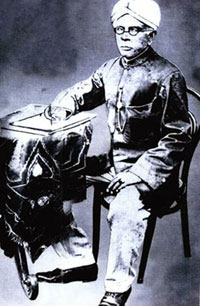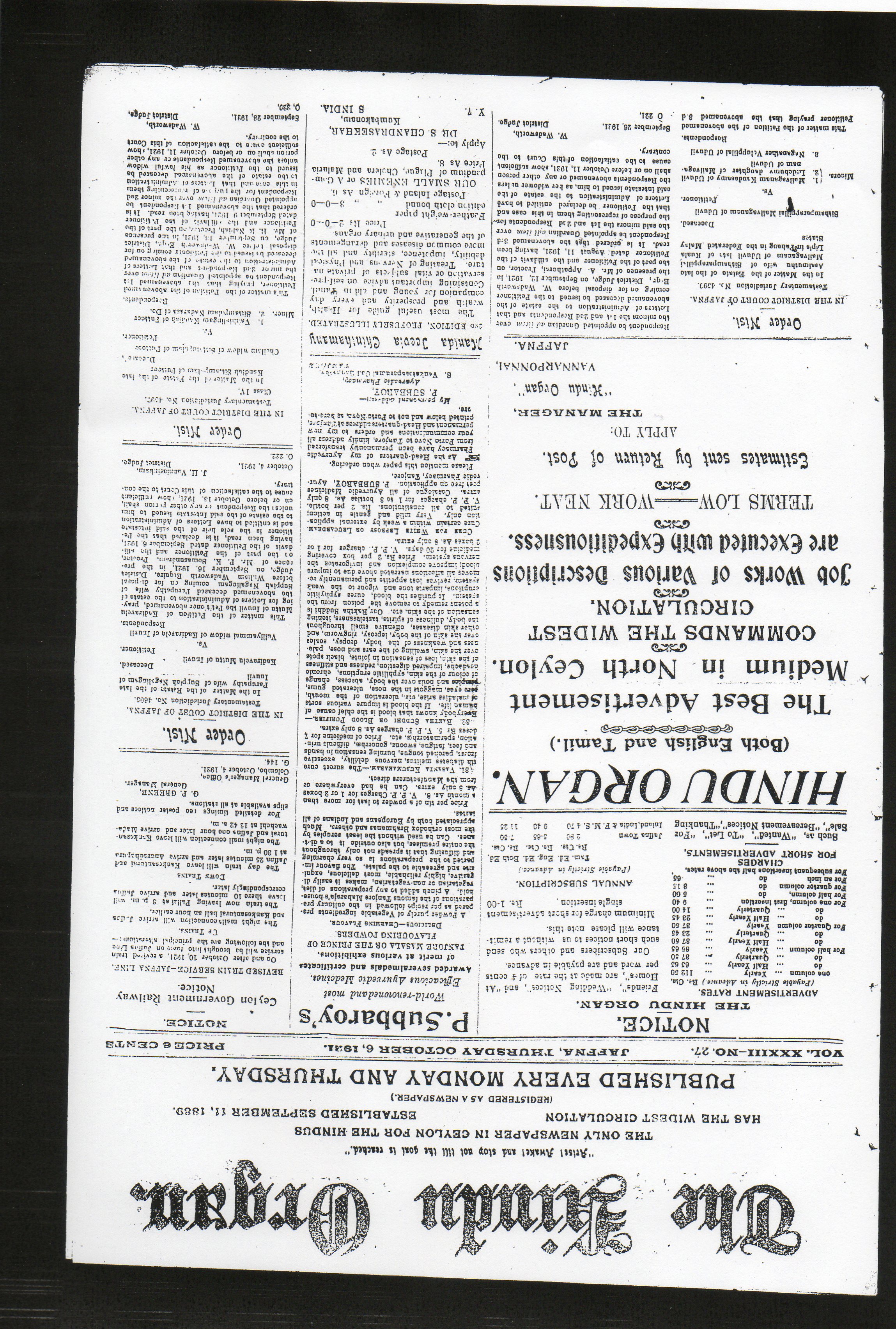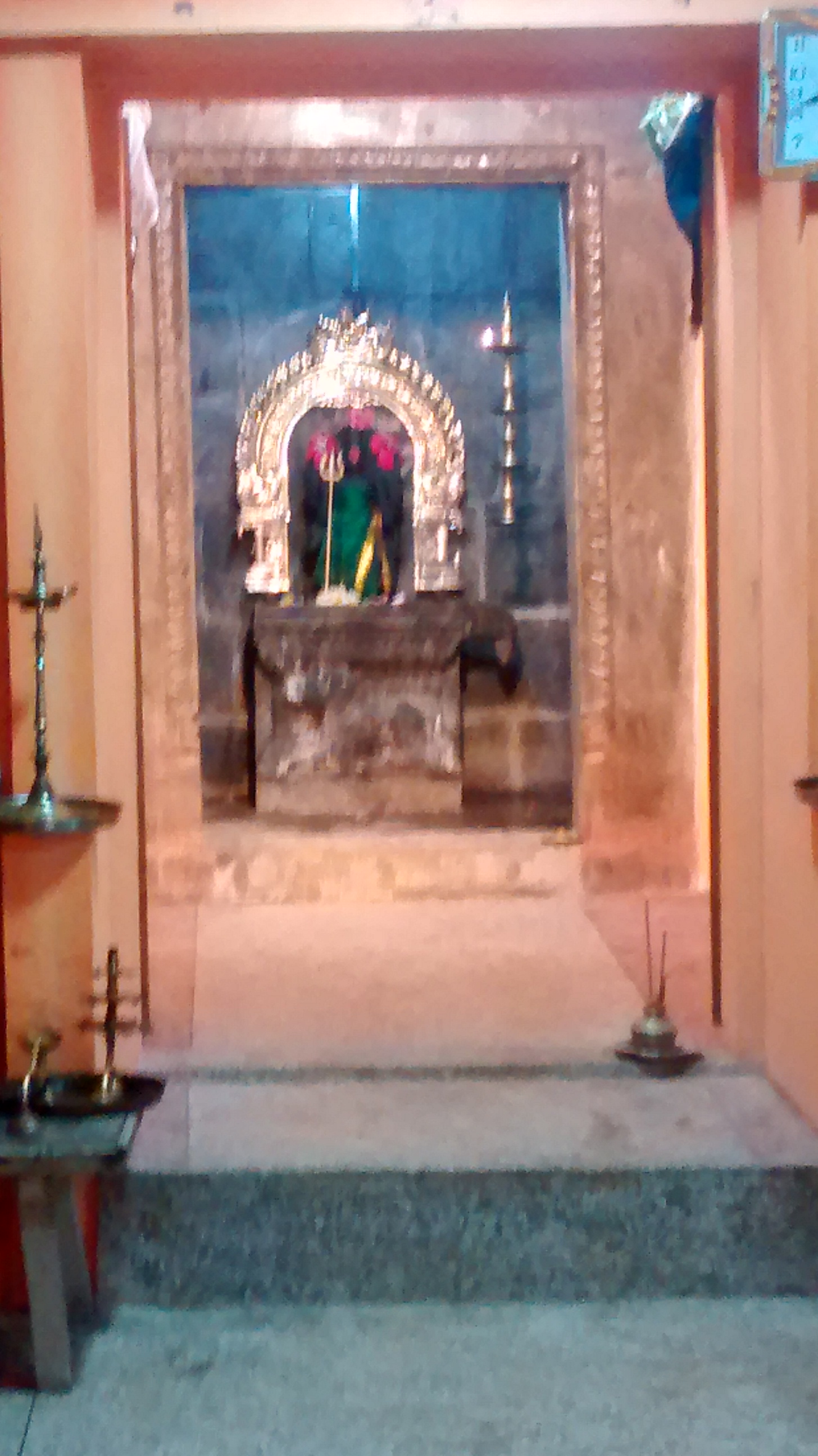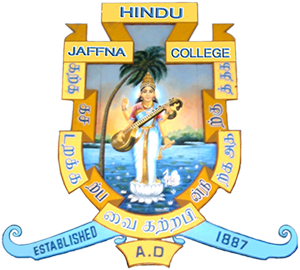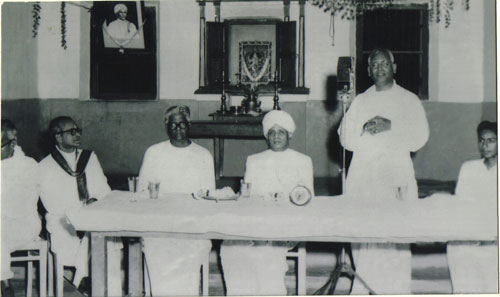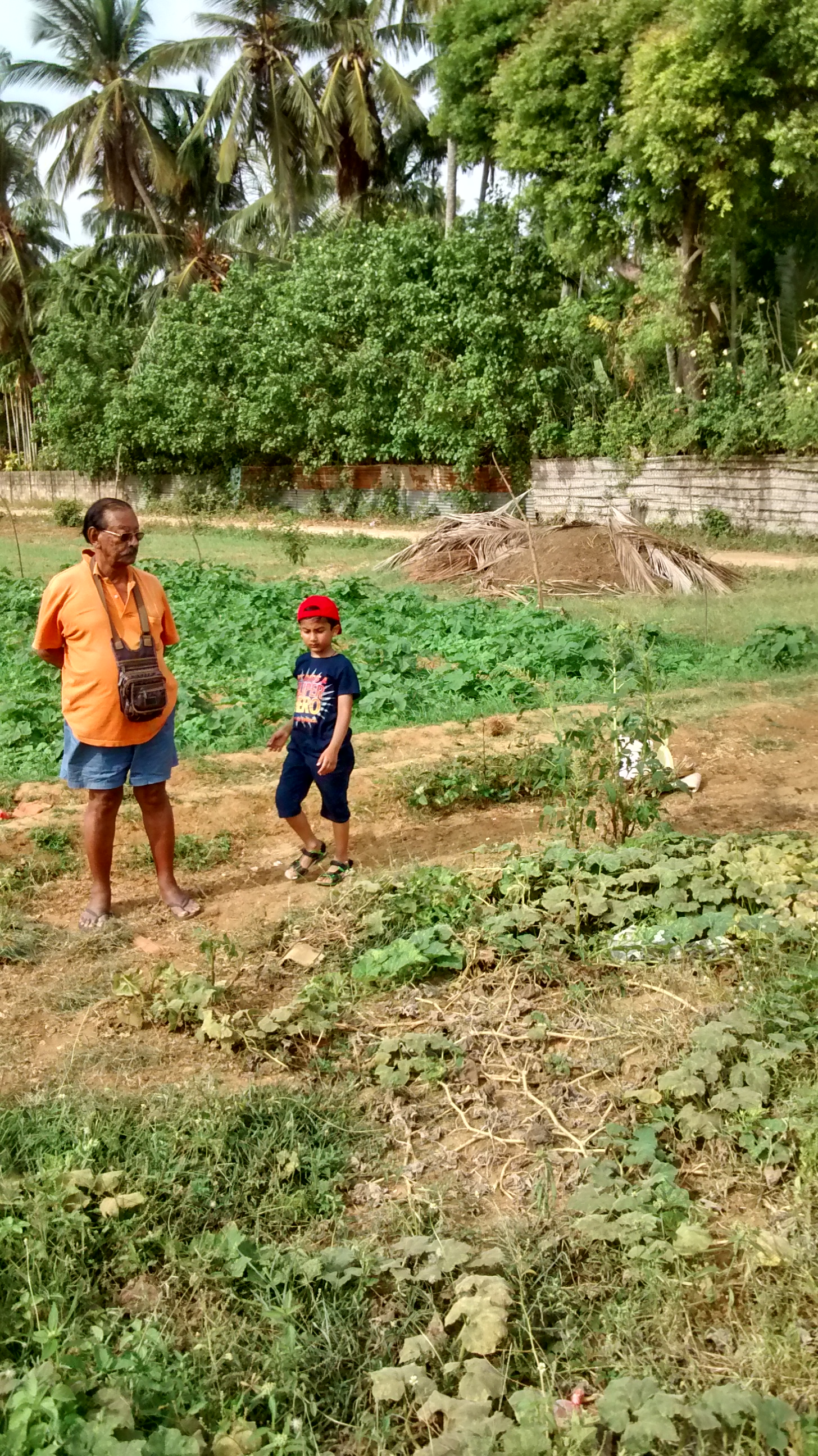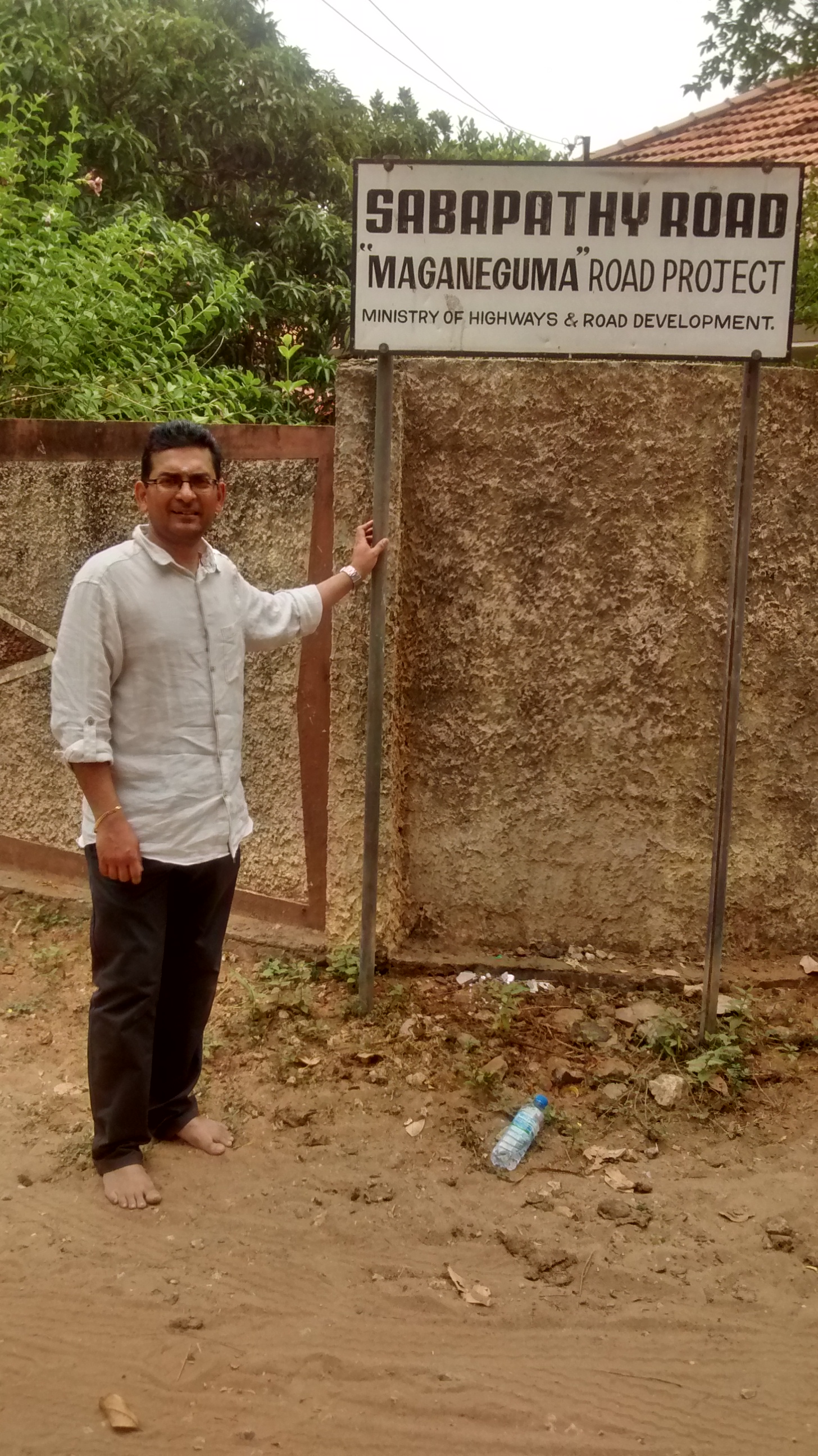Early Life & Contributions
Late Honourable Mr. A. Sabapathy was born in 1853 in Thalaiyali, a small village nestled between Vannarpennai and Kokkuvil. A man of many parts, he stood tall among the personalities of his time.
He was a prominent educationist and one of the founders of Jaffna Hindu College and other affiliated Hindu institutions. His efforts preserved Hindu identity by providing alternatives to Christian missionary education.
Mr. Sabapathy was also one of the wealthiest men in Ceylon and a generous philanthropist who never turned away anyone seeking help. He held a virtual monopoly over the Malayalam tobacco trade.
